Enabling Inclusion
The research is clear: team and organizational performance flourishes when people’s diverse perspectives, skills, and experiences are engaged and valued.
The research is also clear here: teams and organizations have dominant structures, beliefs, and behaviors that elevate, value, and reward select voices while minimizing others.
It is not enough to tell people to include diverse perspectives. Most people might even already intend to. Yet, our existing ways of being and doing are so pervasive we rarely notice the system we’re in. Overcoming this reality demands transformation of our everyday, interpersonal interactions. It requires tangible awareness of default human behaviors that, despite our best intentions, undercut inclusion. And it requires intentional, authentic commitment to behavioral change over time.
What does “doing inclusion” look like? Doing inclusion requires seeing, hearing, and valuing each other. It means individuals have a sense of agency and ownership to shape what matters. It necessitates talking about difficult issues and talking across differences that can feel irreconcilable. We offer a framework and a set of tools to surface default beliefs and behaviors, challenge old mindsets, and embed inclusive practices and behaviors in your daily work contexts: facilitating meetings, managing performance, handling conflict, making critical business decisions, and more.
Key skills:
Discuss difficult, sensitive, and uncomfortable issues, including prevailing beliefs and norms that need to change—and do so in a manner that is, itself, inclusive;
Negotiate with yourself in the midst of a difficult conversation, particularly when “core truths” about who you are feel threatened;
Cultivate the skills of curiosity, empathy, and listening for the purposes of joint problem-solving;
Speak up and raise issues, challenge the status quo and/or navigate power dynamics with skill and effectiveness;
Navigate the defensiveness, disorientation, and shame associated with personal and organizational change.

